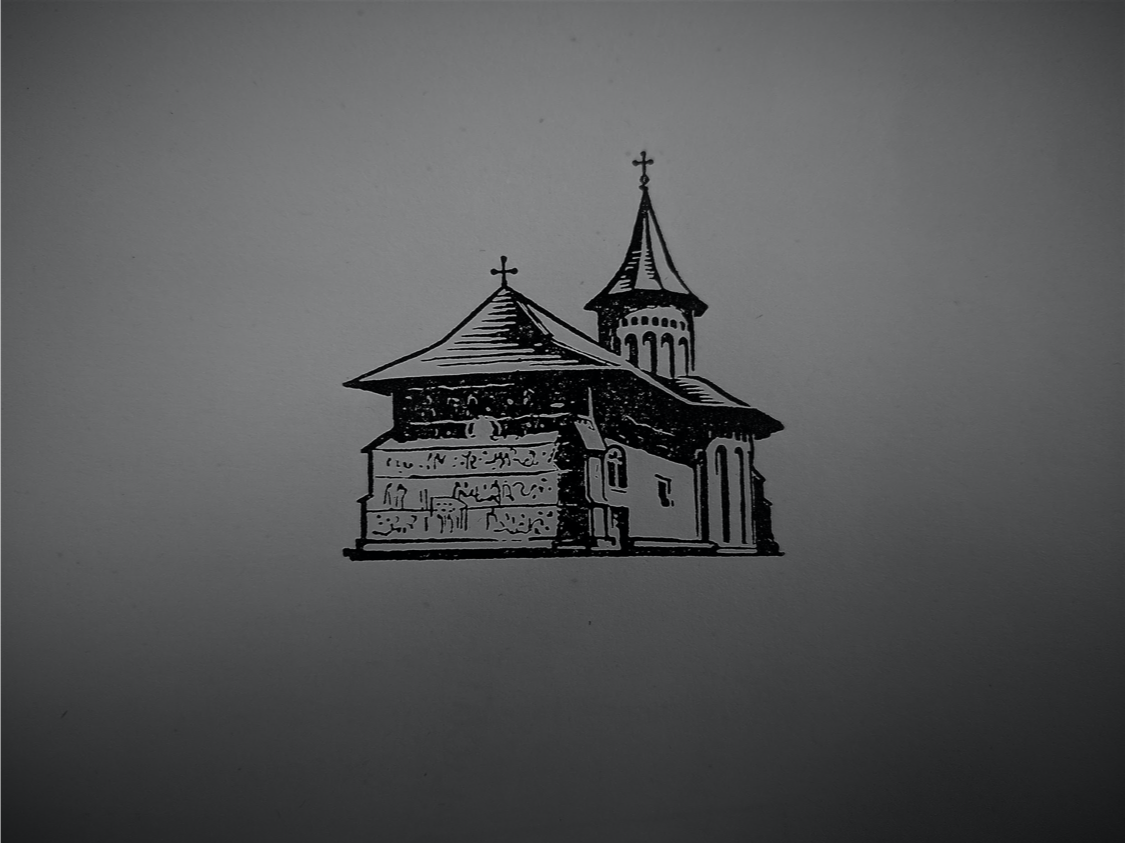
Churches of Moldavia
Lectures (1)
Loading Accordion Items...The Overview
This lecture covers key religious architectural monuments built in the principality of Moldavia in the 15th and 16th century, under the rule of Stephen III and, subsequently, of his son Peter Rareș. As rulers of Christian lands after the fall of Constantinople in 1453, they expressed their princely aspirations and sought legitimacy not only through political and military tactics but also through extensive artistic and architectural commissions.
The numerous churches erected during their reigns have received attention mostly from art historians, because of the rich interior and exterior murals and their elaborate iconography; they are also, however, meaningful architectural productions that reveal cultural connections between Europe and the far-flung regions of Byzantium, and the importance of cross-cultural exchanges in a frontier region.
Eastern Europe was then, and still is now, a multi-ethnic, multilayered cultural entity connected along political, dynastic, and religious lines.
The Principality of Moldavia, situated in the northeastern part of modern-day Romania, emerged as an independent state under voivode Bogdan I in 1348. Within the sphere of influence of Byzantium, Poland-Lithuania, Hungary, and, after 1453, of the Ottomans, this region of the Carpathian Mountains gave birth to a unique form of religious architecture that combined the iconography of Byzantium, the construction technologies of the Gothic, and the rituals of the Orthodox faith. What is now designated as “Moldavian Architecture” manifested itself in a body of hundreds of monasteries throughout the Principality of Moldavia erected from the 14th-17th centuries, most notably during the reigns of Stephen III (1457-1504) and of his son Peter Rareș (1527 to 1538 and 1541 to 1546).
In 1401, Constantinople, acting as religious capital, granted the principality of Moldavia its right to choose its own metropolitan (head of the Orthodox church), thus allowing a relatively autonomous organized Orthodox church to develop in the principality. Romanian princes began a practice of founding monasteries and dedicating them to the patriarchates of Antioch and Jerusalem.
The fall of Constantinople and the Ottoman conquests in the Balkans left the Rumanian principalities in a unique position. Though vassals of the Porte, their princes retained their autonomy and, as the only remaining Christian rulers in south-eastern Europe, assumed the role of defenders of Orthodox Christianity in the Balkans.


